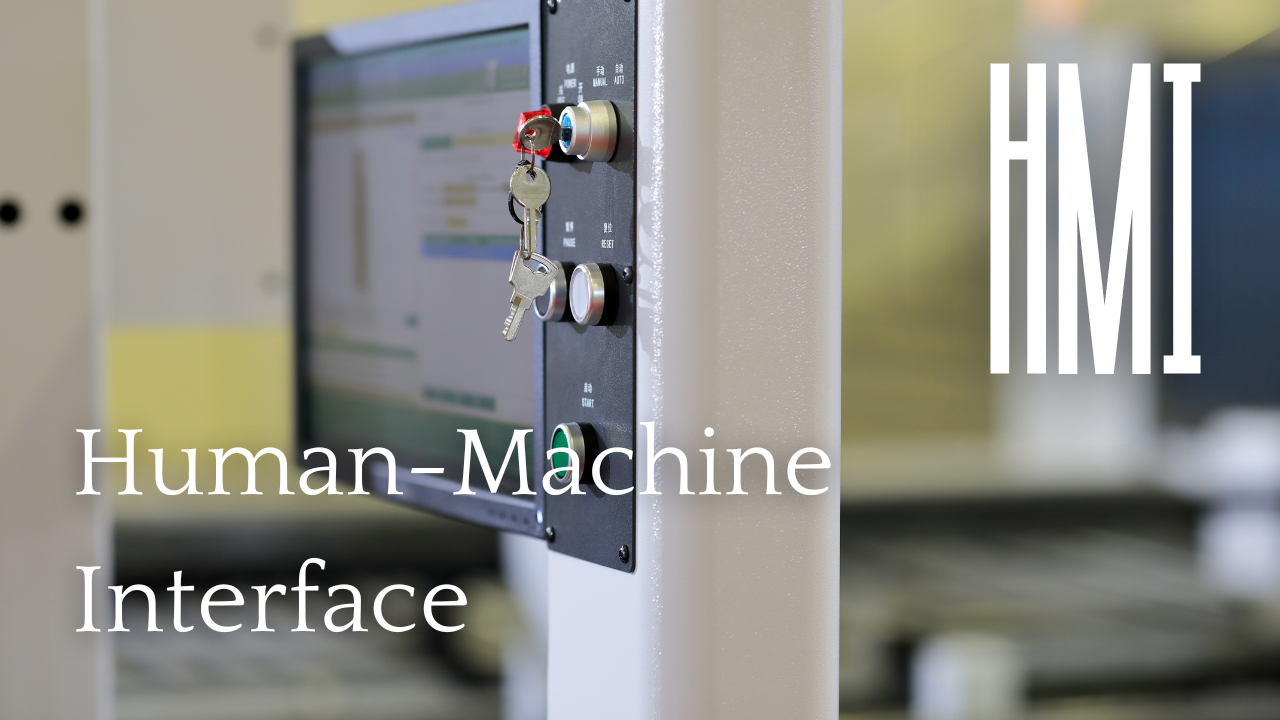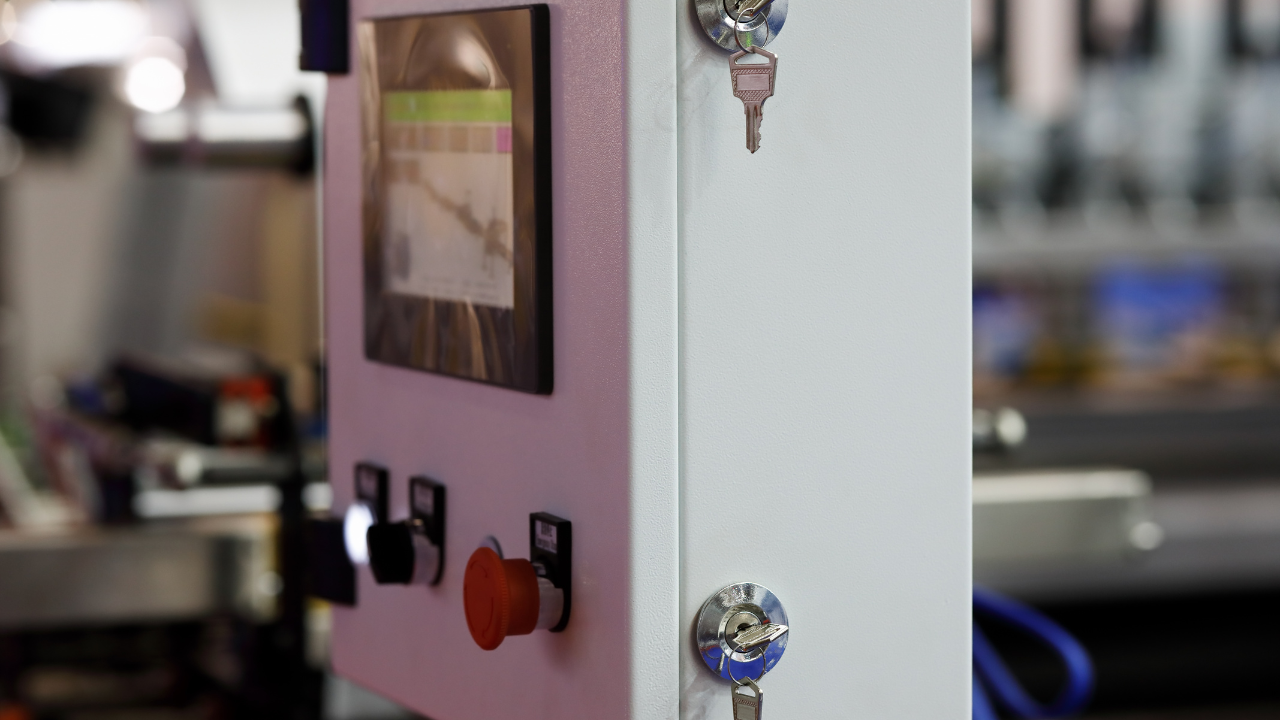The Importance of Human-Machine Interface (HMI) Design in Automatic Tray Formers
2025-05-26

The Importance of Human-Machine Interface (HMI) Design in Automatic Tray Formers
Human-Machine Interface (HMI) design plays a crucial role in the functionality and usability of automatic tray formers. As industries increasingly rely on automation for efficiency and productivity, the importance of a well-designed HMI cannot be overstated. Here, we delve into the key aspects of HMI design that enhance the operation of automatic tray formers, ensuring optimal performance and user satisfaction.
1. Intuitive User Interface
One of the primary goals of HMI design is to create an intuitive user interface. This involves the use of graphical displays, icons, buttons, and menus that are easy to understand and navigate. The incorporation of a touch screen allows users to interact directly with the interface, simplifying the operation and reducing the learning curve. An intuitive design ensures that even operators with minimal technical training can efficiently manage the machine.
2. Real-Time Monitoring
HMI systems provide real-time monitoring capabilities, displaying vital information such as machine status, production data, and key parameters (e.g., speed, temperature, pressure). This enables operators to stay informed about the machine’s performance at all times. An integrated alarm system alerts users to any malfunctions or abnormal conditions, along with detailed fault information, facilitating quick troubleshooting and minimizing downtime.
3. Simplified Operation
User-friendly HMI designs focus on ease of use. A clean and straightforward interface with clearly categorized functions ensures that operators can quickly access and control the machine’s features. Multi-language support is often included, catering to a diverse workforce and making the machine accessible in various regions.
4. Data Logging and Analysis
HMI systems are capable of recording and storing production data, which can be invaluable for analysis and process optimization. Historical data can be accessed through the HMI interface, allowing operators to review past performance and identify areas for improvement. This feature also aids in preventive maintenance, helping to predict and prevent potential issues before they cause significant disruptions.
5. Programmable and Customizable
Flexibility is a key advantage of HMI systems. Operators can adjust various machine parameters and settings through the HMI to meet specific production requirements. The ability to update software and expand functionality through the HMI interface ensures that the machine can adapt to evolving needs, enhancing its longevity and value.

6. Remote Monitoring and Control
Modern HMI designs often include remote monitoring and control capabilities. This feature allows operators to oversee and manage the machine from a distance, using network connectivity. Compatibility with mobile devices such as smartphones and tablets further enhances accessibility, enabling operators to stay connected and informed, regardless of their location.
7. Enhanced Security
Security features in HMI design are vital to protect both the machine and the production data. Access control mechanisms ensure that only authorized personnel can operate or modify the machine settings. Logging all user actions provides an audit trail, aiding in accountability and preventing unauthorized use.
8. Visual Guidance
To assist operators, HMI systems often include visual guides and instructional videos. These resources help users understand the machine’s operation and maintenance procedures, reducing the risk of errors and prolonging the equipment’s lifespan. Regular maintenance prompts ensure that the machine receives timely care, further enhancing reliability.
9. Compatibility and Expandability
A well-designed HMI is compatible with various sensors, controllers, and actuators, facilitating easy integration and expansion. Multiple interface options (such as USB and Ethernet) support the connection of external devices, enabling data exchange and system upgrades. This adaptability ensures that the automatic tray former remains relevant and efficient as technology advances.
Human-Machine Interface (HMI) design is a fundamental component of automatic tray formers, significantly impacting their efficiency, usability, and overall performance. By providing an intuitive, user-friendly interface, real-time monitoring, and extensive data capabilities, HMI systems empower operators to maximize productivity and maintain high standards of production. The flexibility, security, and remote access features further enhance the machine's functionality, making HMI design an indispensable aspect of modern industrial automation.